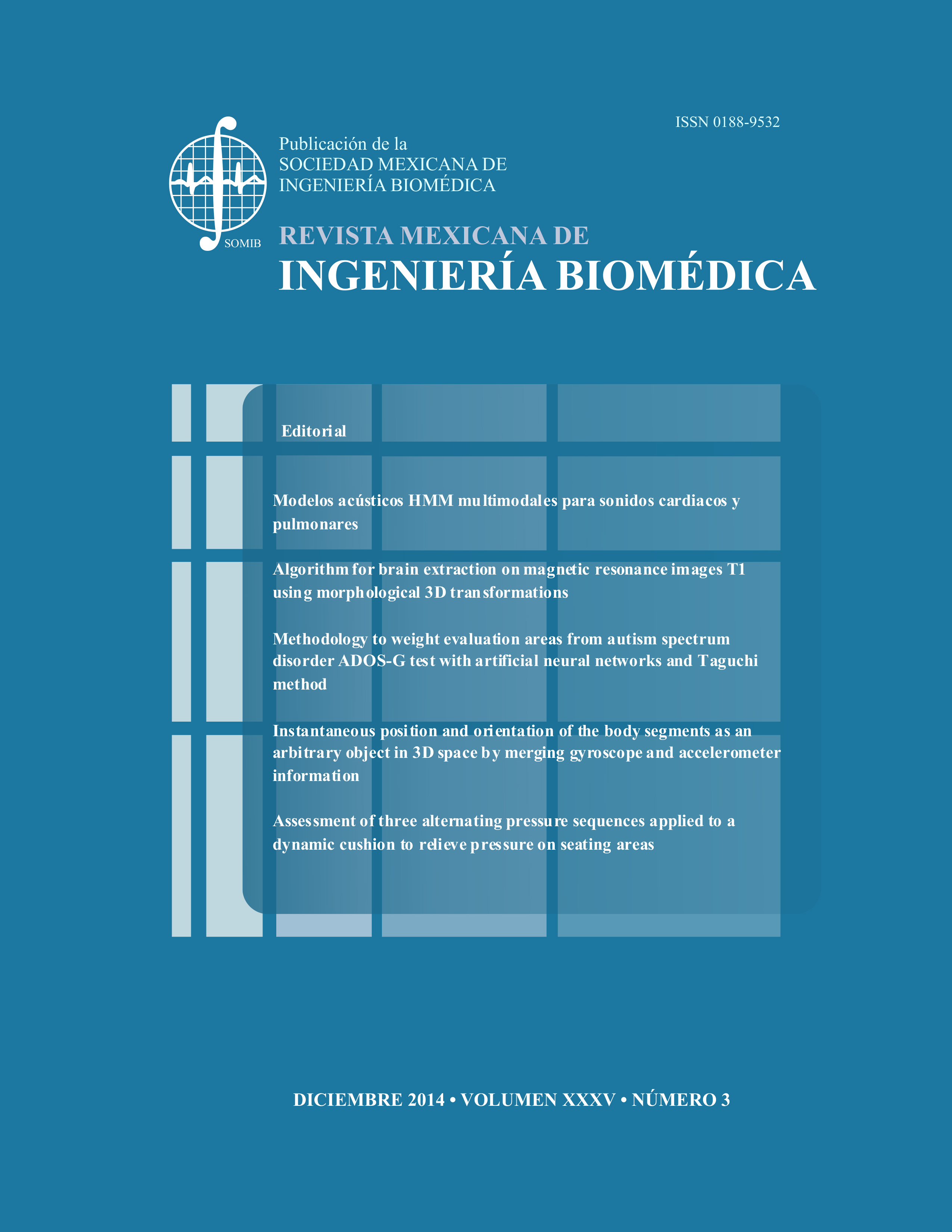Methodology to weight evaluation areas from autism spectrum disorder ADOS-G test with artificial neural networks and Taguchi method
Abstract
Autism diagnosis requires validated diagnostic tools employed by mental health professionals with expertise in autism spectrum disorders. This conventionally requires lengthy information processing and technical understanding of each of the areas evaluated in the tools. Classifying the impact of these areas and proposing a system that can aid experts in the diagnosis is a complex task. This paper presents the methodology used to find the most significant items from the ADOS-G tool to detect Autism Spectrum Disorders through Feed-forward Artificial Neural Networks with back-propagation training. The number of cases for the network training data was determined by using the Taguchi method with Orthogonal Arrays reducing the sample size from 531,441 to only 27. The trained network provides an accuracy of 100\% with 11 different cases used only for validation, which provides a specificity and sensitivity of 1. The network was used to classify the 12 items from the ADOS-G tool algorithm into three levels of impact for Autism diagnosis: High, Medium and Low. It was found that the items ``Showing'', ``Shared enjoyment in Interaction'' and ``Frequency of vocalization directed to others'', are the areas of highest impact for Autism diagnosis. The methodology here presented can be replicated to different Autism diagnosis tests to classify their impact areas as well.
Downloads
Published
How to Cite
Issue
Section
License
Upon acceptance of an article in the RMIB, corresponding authors will be asked to fulfill and sign the copyright and the journal publishing agreement, which will allow the RMIB authorization to publish this document in any media without limitations and without any cost. Authors may reuse parts of the paper in other documents and reproduce part or all of it for their personal use as long as a bibliographic reference is made to the RMIB. However written permission of the Publisher is required for resale or distribution outside the corresponding author institution and for all other derivative works, including compilations and translations.




